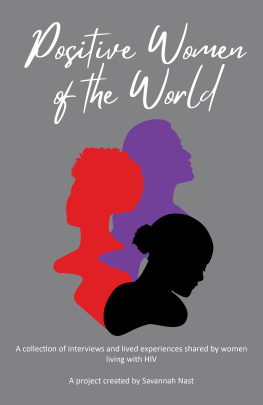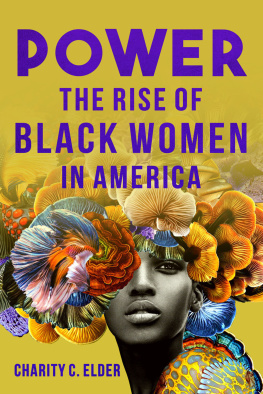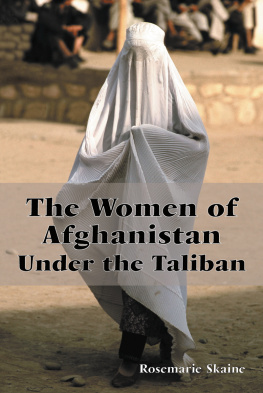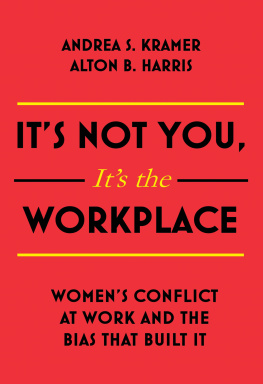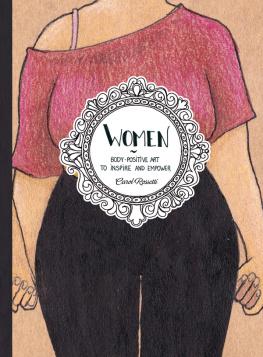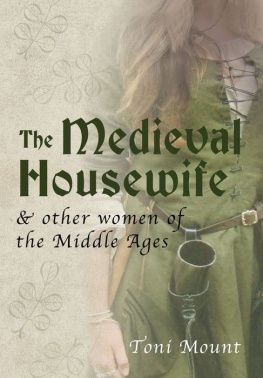This book was created in Tkaronto, which is a Kanienkha word meaning where there are trees in water, and on the historical territory of the Huron-Wendat, Petun, Seneca, and most recently, the Mississaugas of the Credit First Nation.
This territory is covered by the Dish with One Spoon Wampum Belt Covenant, an agreement between the Haudenosaunee and the Anishinaabe and allied nations to peaceably share and care for the lands and resources around the Great Lakes.
Language Matters
Some language used by the interviewees could be harmful or may have changed and evolved by the time of publication. It is important to this project that the women used their own language to describe their own experiences. Language is ever evolving. It is important to learn about harmful language that could increase stigma, and to change our vocabularies to be safer for the people around us.
Use terms like:
- Person living with HIV (not HIV-infected or AIDS patient). Use person-first language to help remove the stigma. Person or people living with HIV emphasizes life.
- Disabled (not special needs or handicapped).
- Sex worker (not prostitute); sex work is a profession.
- Sober (not clean); people who use substances are not dirty.
- Vertical or perinatal transmission (not mother-to-child transmissions). This former term perpetuates cis-normative language and blames the parent.
Continue to learn about other ways you can change your language to be more inclusive. It is an excellent way to be an ally and unlearn harmful language.
Women is an umbrella term, it includes trans and cis women, Two-Spirit, and femme folks.
Resources
An Introduction to HIV
HIV is short for Human Immunodeficiency Virus. HIV is different from AIDS, which stands for Acquired Immune Deficiency Syndrome. HIV can become AIDS when HIV goes untreated for a long period of time. Not everyone who has HIV will develop AIDS, and in the present day, very few people living with HIV will ever develop AIDS.
There are treatments for HIV in the form of antiretroviral drugs, which allow people living with HIV to remain healthy and have a typical life expectancy. The earlier you know your HIV status, the better.
There are four ways HIV can be passed on.
Having insertive sex either with your anus, vagina, or frontal hole with someone who is HIV-positive with a detectable viral load.
Sharing drug/substance gear, such as needles or syringes, with someone who is HIV-positive with a detectable viral load.
Giving birth while living with HIV and not being on treatment.
Through breast or chest feeding.
There are five fluids that can transmit HIV: they are semen, vaginal fluids (including menstrual fluids), rectal fluids, breast/chest milk, and blood.
HIV is a fragile virus, and it cannot survive outside of the body. You cannot be infected with HIV from toilet seats, sharing dishes, or food. HIV is not passed through the air, and you cannot get HIV from kissing or sharing a drink.
In many of the interviews, women mention CD4 count or CD4 cells. CD4 cells, also known as CD4+ T cells, are white blood cells that fight infections. CD4 cell count is an indicator of immune function in people living with HIV. A normal CD4 count is from 500 to 1,400 cells per cubic millimetre of blood. At levels below 200 cells per cubic millimetre, patients are at a greater risk for opportunistic infections, which can lead to someone developing AIDS.
For more information:
https://www.actoronto.org/health-information/hiv
Undetectable = Untransmittable
You may have heard of the U=U campaign, where an undetectable viral load means you cannot transmit
It is important to note that not everyone living with HIV can reach an undetectable status. There can be challenges accessing HIV medication, and some people on HIV medications can still not reach an undetectable status. Additionally, an undetectable viral load in the blood does not necessarily mean a person has an undetectable viral load in their breast and chest milk. It is also important that breast and chest milk for infant feeding are often not included when discussing U=U. As this is a book about HIV-positive women, this gap in the U=U movement is important to mention. With this in mind, U=U messaging has not generally been extended to include infant feeding: more research is needed.
For more information:
https://www.catie.ca/resource/understanding-uu-for-women-living-with-hiv-icaso-community-brief
Acronym Index
ACB African, Caribbean, and Black
ACT AIDS Committee of Toronto
ADHD attention deficit hyperactivity disorder
AGM annual general meeting
AIDS autoimmune deficiency syndrome
APAA Africans in Partnership Against AIDS
ART antiretroviral therapy
ASO AIDS Service Organization
BA Bachelor of Arts Degree
BC British Columbia, a province in Canada
BIPOC Black, Indigenous, and People of Colour
Black CAP The Black Coalition for AIDS Prevention
CAMH Centre for Addiction and Mental Health
CAYR the AIDS Committee of York Region, now known as CAYR Community Connections
CBSA Canadian Border Services Agency, border patrol/border services officers
CEO chief executive officer
COPD chronic obstructive pulmonary disease
CS Caesarean section, C-section
CD4 CD4 cells, also known as T cells, are white blood cells that fight infections
CMHA Canadian Mental Health Association
DC District of Columbia; Washington, DC
EDD estimated delivery date (regarding giving birth)
HALCO HIV & AIDS Legal Clinic Ontario
HIV Human Immunodeficiency Virus
HPV Human Papilloma Virus
IBS irritable bowel syndrome
IQ intelligence quotient
ITP immune thrombocytopenic purpura, a blood disorder characterized by a decrease in the number of platelets in the blood
LGBT Lesbian, Gay, Bisexual Trans
LGBTQ2S+ Lesbian, Gay, Bisexual, Trans, Queer, Two-Spirit, plus
LGBTQIA+ Lesbian, Gay, Bisexual, Trans, Queer, Intersex, Asexual, plus
MA Master of Arts Degree
MAC Mycobacterium avium complex
MIG welding Metal Inert Gas welding
MP member of parliament
MRI magnetic resonance imaging, medical imaging technique used to create detailed images of the organs and tissues in your body
OAN Ontario AIDS Network
ODSP Ontario Disability Support Program
OHIP Ontario Health Insurance Plan
OW Ontario Works, Ontario financial assistance program
PHAC Public Health Agency of Canada
PLDI Positive Leadership Development Institute
POOF Protecting ODSP and OW Funding
PMTCT Prevention of Mother-to-Child Transmission
PSW peer support worker or personal support worker
PTSD Post Traumatic Stress Disorder
PWA Toronto People with AIDS Foundation
PWOW Positive Women of the World (this book/project)
PYO Positive Youth Outreach, a youth group at ACT
RPN Registered Practical Nurse
REM rapid eye movement, the deepest stage of sleep
SAD seasonal affective disorder
STI sexually transmitted infection (previously/commonly referred to as STD, sexually transmitted disease)
Next page
